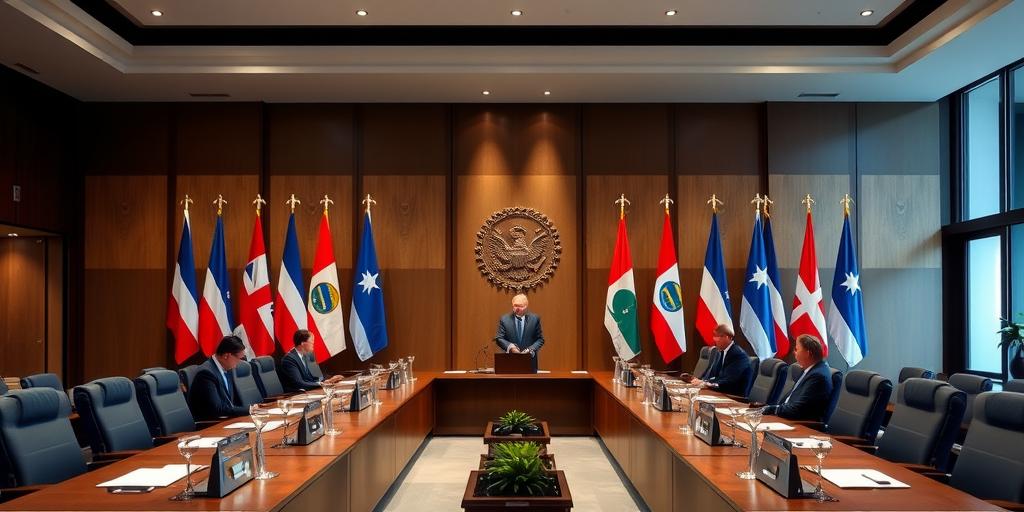Diplomatic protocols and etiquette are the established norms and procedures that govern interactions between nations and their representatives. These protocols are essential for maintaining respectful and effective international relations. Understanding and adhering to them is crucial for diplomats and anyone involved in international affairs.
The Importance of Diplomatic Protocols
- Facilitating Communication: Protocols provide a framework for clear and respectful communication, reducing misunderstandings and fostering cooperation.
- Symbolic Representation: Diplomatic etiquette reflects the sovereignty and equality of nations, reinforcing mutual respect.
- Ensuring Order and Predictability: Established procedures create a predictable environment for diplomatic events and negotiations.
- Building Trust and Relationships: Adhering to protocols demonstrates professionalism and respect, which are vital for building trust among nations.
Key Elements of Diplomatic Protocols
- Forms of Address: Addressing dignitaries and officials correctly is paramount. For example, Heads of State are typically addressed as "Your Excellency," while ambassadors are referred to as "Mr./Madam Ambassador."
- Order of Precedence: This establishes the hierarchical order in which diplomats are seated or recognized at events. It's usually based on the date of presentation of credentials.
- Gift-Giving: Understanding cultural norms around gift-giving is essential. Gifts should be appropriate, modest, and given with sincerity.
- Dress Codes: Diplomatic events often have specific dress codes, such as business attire or formal wear. Adhering to these codes shows respect for the occasion and the hosts.
- Flag Etiquette: Knowing how to display and handle national flags is crucial. Flags should be treated with respect and displayed according to established guidelines.
- Seating Arrangements: Proper seating arrangements at meetings and dinners are essential to show respect and avoid unintended slights. The host country typically determines the seating plan.
- Negotiation Etiquette: Conducting negotiations with professionalism and respect is vital. This includes active listening, clear communication, and avoiding confrontational language.
Navigating Cultural Differences
Diplomatic protocols are not uniform across the globe; they vary by culture and region. Being aware of and sensitive to these differences is crucial for effective diplomacy. Researching and understanding the cultural norms of the host country is essential.
Conclusion
Diplomatic protocols and etiquette are essential for fostering mutual respect, facilitating communication, and maintaining order in international relations. By understanding and adhering to these protocols, diplomats and international professionals can contribute to building stronger and more cooperative relationships between nations.









